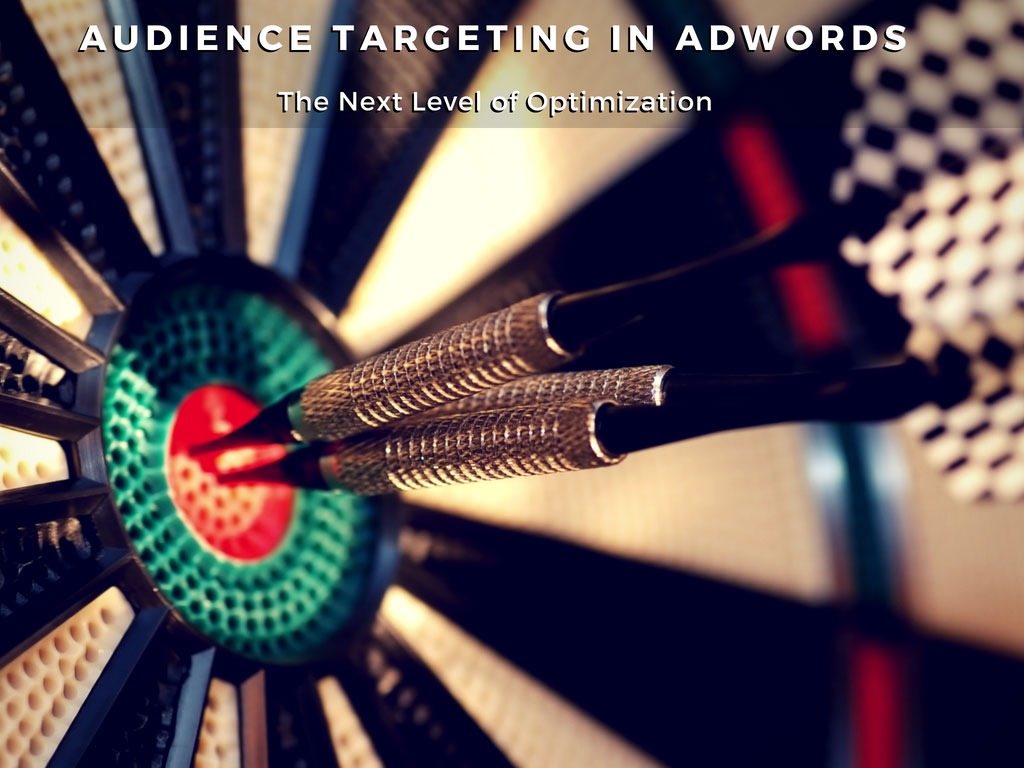Audience Targeting in Google Adwords – The Next Level of Optimization
Keywords are the building blocks for any paid search campaign and they will remain that way until people stop manually searching (yes, even voice search is basically Google inputting all your weird musings as keywords). Hence, it is no surprise that AdWords /SEM experts start their campaign planning with keyword research and volume assessment to formulate priority keyword targeting. But is that enough?

The Stone Age
Keywords used to be the only criteria for measuring user intent and match types, which were then used to narrow down/expand the targeted audience through AdWords. But do keywords alone give you a complete view of where the user is in their buying cycle?
New Age Audience Targeting in AdWords
AdWords Audience Targeting is the new wave and is already making ripples in performance and results for our clients. Why is Audience Targeting so Important in AdWords? The audience targeting data now available not only allows you to measure what the audience is interested in through keywords, but also helps you understand who they are, their behaviour, and where they are in the conversion funnel. Bidding on these audiences ensures you reach users at the right moment with the right ad message.
So, how do we do it? It all comes down to strategically grouping the targeting options and leveraging what’s best for our clients’ goals:
- Prospects – Demographic Targeting, Similar Audience for Search, In Market for Search (Beta)
- Hot Leads – Remarketing Lists for Search Ads
- Your Customers – Customer Match List
Here are a few of the new and exciting audience targeting techniques for AdWords:
Demographic Targeting: Google enabled demographic targeting for search in 2016 and now performance data is readily available for AdWords optimization. We implemented demographic bid adjustment for one of our clients last year and saw the following improvement:

The demographic data not only helps for bid adjustments but also to target the ads. For example, you can show different ads to different genders when they search for “blue shoes”, which would be critical to ensure ad relevancy.
Similar Audience for Search: Showing your ads to users who have similar traits and behaviours to the users in your remarketing lists typically makes for a great target. We realized the potential to reach such users in a competitive B2B audience segment (one that was very difficult to reach online) and through this tactic immediately saw a difference:

In Market Audience for Search (Beta) – ‘In Market’ audience targeting has been around for a long time for the Display network, and Google has recently launched a Beta which allows us to target these audiences on the Search network as well. An in Market audience is defined as users who are actively looking for the products or services you offer. This means they have a higher probability to convert than a generic user searching for your keywords.
Remarketing List for Search Ads (RLSA) – This is the oldest form of audience targeting available for search launching in 2013, and almost all the AdWords experts use it. Below are a few common tactics and techniques:
- Show unique ads to users who have visited the website before
- Bid incrementally for the users who are part of your audience list
- Create different lists of users in various stages of the buying cycle (Cart, Product page, etc.)
The possibilities here are endless and it all depends on how segmented or broad you want your targeted audience to be. Testing different ideas will always yield better results.
Customer Match List: It doesn’t get more relevant than this! This is an audience which leverages your first party data (email addresses and phone numbers) to create segments in AdWords. This audience already knows you and/or are your customers. It should be much easier to cross-sell products to them! You just have to make them an offer they can’t refuse.
For example, a discounted hotel booking ad served to someone who recently booked a flight with you, or reminding someone to renew their insurance to keep their great rate when the time comes would be excellent applications of this AdWords targeting technique.
Some Useful Tips for Audiences:
Alright, now that I have shared the different AdWords audience targeting techniques, I am going to teach you some of my personal tricks to get the most out of this:
- Add audiences in the Bid Only/Observation targeting mode to gather data before you act on it.
- Keep the list size as large as possible. It never hurts to have more actionable insights.
- It is not always about inclusive targeting. You can also exclude customers to gain ad efficiencies.
- Maximum Coverage. Apply to all campaigns and collect information.
The Future
While it used to be all about the bidding, AdWords and Search Engine Marketing today is all about knowing your audience, having the right messaging, and building your brand. AdWords Audiences are the future of search, and the day when SEM will be ‘Audience First’ instead ‘Keyword First’ is not so far away.